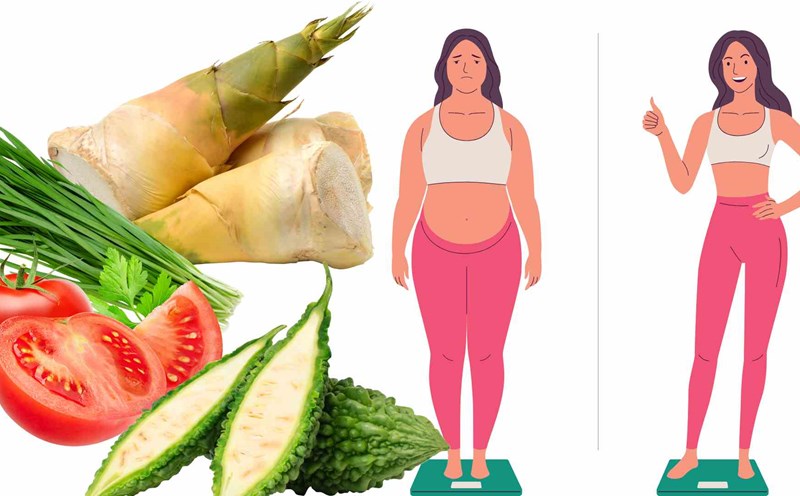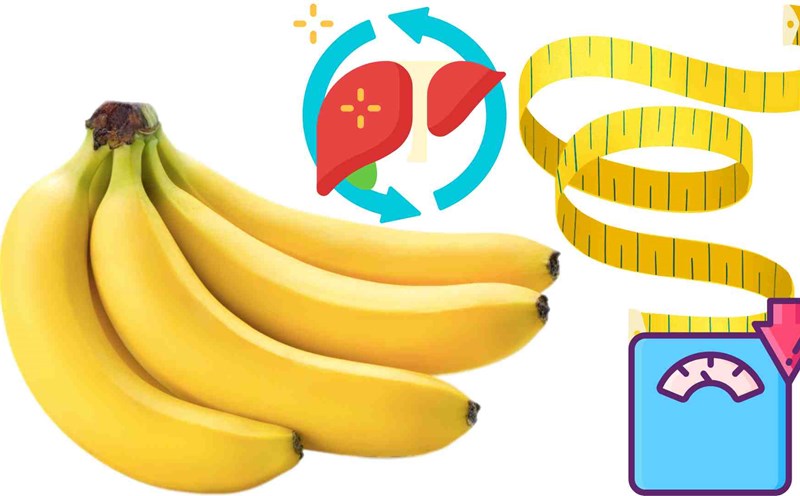Many people are afraid of sweet potatoes because of their sweetness, thinking that eating them will easily make them gain weight. In fact, although containing sugar, sweet potatoes have the ability to help reduce insulin levels in the blood thanks to their low glycemic index (GI). When insulin is stable, the body limits fat storage and reduces the risk of obesity.
The GI shows the level of food that increases blood sugar after eating. The GI of pure glucose is 100, while sweet potatoes are only about 55 - low levels, helping to stabilize blood sugar and limit fat storage.
In addition, 150 grams of white rice contains about 250 calories, while 150 grams of sweet potatoes are only about 190 calories, less than 60 calories. Therefore, replacing rice with sweet potatoes both reduces energy intake and adds fiber.
Each person should supplement 25-35 grams of fiber/day, but many people do not meet enough. 100 grams of raw sweet potatoes contain about 3.5 grams of fiber, helping to improve daily needs.
Fiber also prevents constipation, reduces bacteria that harm the intestines, thereby supporting blood circulation, metabolism, and helps prevent colon and stomach cancer.
Replace one of the three main meals (breakfast or lunch) with steamed sweet potatoes, keeping the side dishes. Eat sweet potatoes with the skin to take advantage of vitamins and minerals.
Chew slowly, at least 30 times a piece, helping to create a feeling of fullness, support digestion and regulate bowel movements.
Avoid abusing foods high in sugar and high in GI such as potatoes or pumpkin. It should be combined with protein-rich dishes (fish, soybeans...) to balance nutrition.









